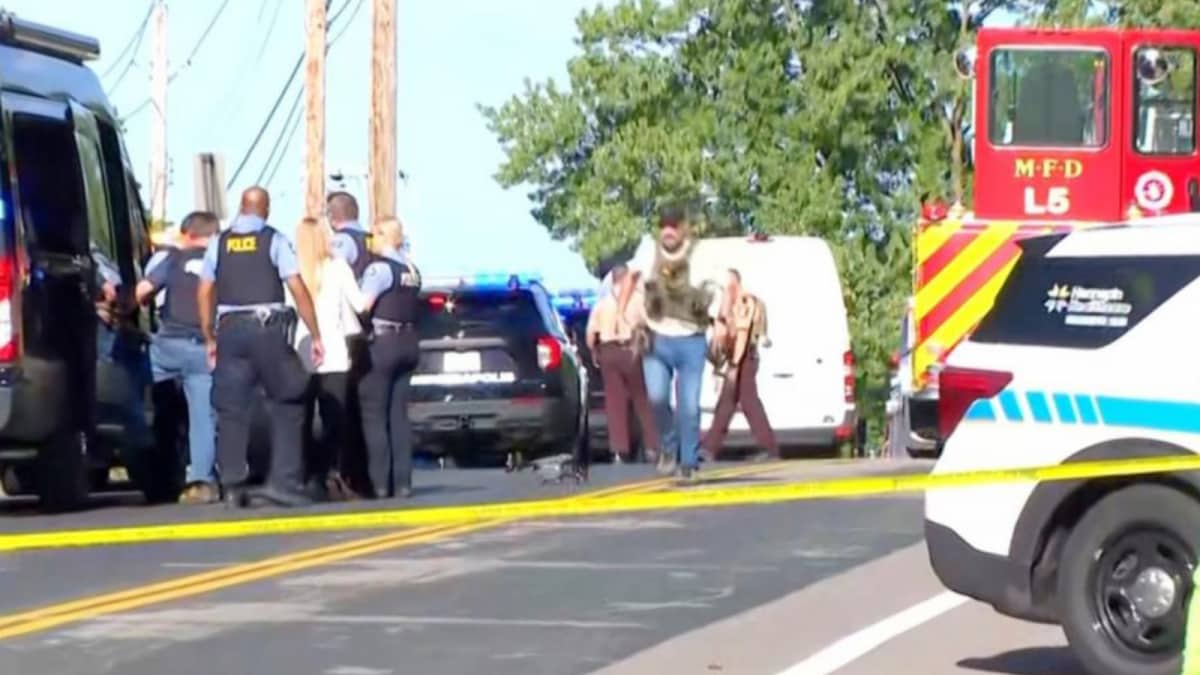Last Updated:July 10, 2025, 11:49 IST
FXTs are failed gamma-ray bursts, the last signals from dying stars. A decades-long mystery now reveals stellar death is more complex than once believed

NASA's Einstein Probe detected a powerful FXT in 2025. (Credit: NIORLab)
A long-standing astronomical enigma has finally been unravelled. Scientists now believe that Fast X-ray Transients (FXTs), brief, intense X-ray flashes, are the result of failed gamma-ray bursts, marking the final moments of massive dying stars. This revelation reshapes our understanding of how stars meet their end.
Five Decades Of Unanswered Questions
Since the 1970s, astronomers have observed puzzling bursts of X-rays, lasting from mere seconds to several hours, without knowing their cause. These phenomena, dubbed FXTs, have mystified scientists for nearly 50 years.
Now, Jillian Rastinejad and her team at Northwestern University in Illinois, USA, have identified their source: the collapsed core of a massive star struggling, and failing, to produce a gamma-ray burst (GRB).
How Dying Stars Generate FXTs
When a giant star, around 15 to 30 times the mass of the Sun, reaches the end of its life, it collapses inward, creating jets that blast outward at incredible speeds. If these jets escape the star’s outer layers, a gamma-ray burst occurs.
However, when the jets fail to break through, they become trapped, generating a shock that emits X-rays, what we observe as an FXT.
The Einstein Probe’s Breakthrough
On January 8, 2025, NASA’s Einstein Probe telescope detected a powerful X-ray flash, designated EP 250108a. Further analysis linked it to a rare supernova, SN 2025kg, nicknamed ‘The Kangaroo’. This particular supernova belongs to the fast-moving Type Ic-BL category, with its material expanding at roughly 19,000 kilometres per second.
In this case, the star’s jets could not pierce its outer layers and were instead trapped inside, releasing their energy in the form of an FXT. Although not as dramatic as a gamma-ray burst, the event was still strikingly powerful.
Astrophysicist Rob Ailes-Ferris observed that while the FXT resembled those linked to gamma-ray bursts, the difference lay in the jets’ failure to emerge. Previously, it was assumed that gamma-ray bursts were a frequent feature of stellar collapse. However, this discovery reveals that ‘trapped jets’, and therefore FXTs, occur more often than their successful counterparts.
Unlocking The Secrets Of Stellar Death
Scientists are now focused on understanding what causes jets to fail. Are internal forces, such as magnetic fields or stellar composition, to blame? Or do external factors, like surrounding material, play a role? Researchers hope that solving these questions will also offer insight into other cosmic mysteries.
As Ailes-Ferris from the University of Leicester in England explained, “This discovery not only enhances our understanding of FXTs, but also deepens our knowledge of how stars die and the remnants they leave behind."
The full study has been published in The Astrophysical Journal Letters, with further technical details available in two accompanying papers on arXiv.org.
view commentsLocation :United States of America (USA)
First Published:News world What Happens When A Star Dies? Space Mystery Unlocked After 50 Years
Disclaimer: Comments reflect users’ views, not News18’s. Please keep discussions respectful and constructive. Abusive, defamatory, or illegal comments will be removed. News18 may disable any comment at its discretion. By posting, you agree to our Terms of Use and Privacy Policy.

 1 month ago
1 month ago
















